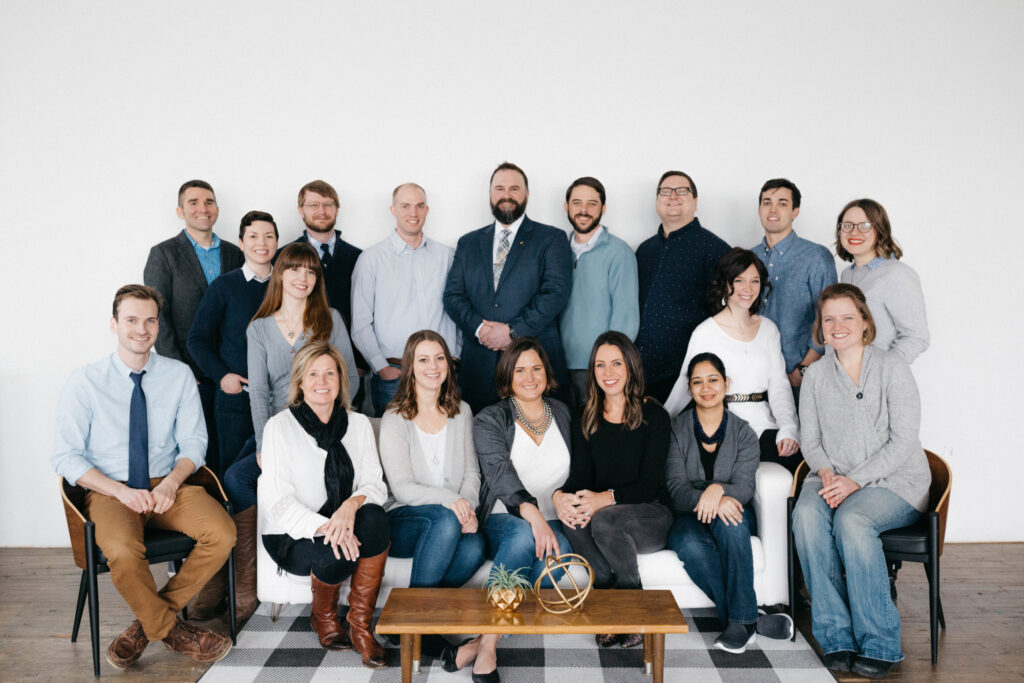By Chip LaFleur, President, LaFleur Marketing
On March 11, LaFleur decided to pack up our laptops, monitors, and our desk bobbleheads (at least some of them), and transition to remote work. Like nearly every organization in the world, we began a journey towards our “new normal” and had to quickly adapt to keep the business thriving and profitable, while balancing our commitment to our employees.
In some ways, our transition was easier because of how we operate. Most LaFleur employees take advantage of our marketing agency’s flexible scheduling and work from home regularly. Since our inception, we have respected our employees’ talent and autonomy. We hold everyone to a high standard, but we also give them the tools and flexibility they need to meet their goals.
 Still, the stay-at-home order challenged our status quo. Suddenly, our team and community were facing monumental uncertainty, all while trying to balance their workload, family obligations, and other challenges. We went from an office that buzzed with creativity to having our Zoom meetings and concentration interrupted by our kids, pets, and the news.
Still, the stay-at-home order challenged our status quo. Suddenly, our team and community were facing monumental uncertainty, all while trying to balance their workload, family obligations, and other challenges. We went from an office that buzzed with creativity to having our Zoom meetings and concentration interrupted by our kids, pets, and the news.
However, we refused to compromise our culture. Our leadership team started to identify ways to help our team retain its motivation, camaraderie, and joy. We also wanted to make sure that we did not lose our sense of shared accountability. So, we developed a plan that retains our independent management approach, adds some layers of accountability, and prioritizes holistic wellness.
It’s Time to Redefine Workplace Wellness
We are all under remarkable stress: managing our businesses, tending to our families, teaching our children, and monitoring a public health crisis. Our team’s grit and determination have humbled me, but it hasn’t always been easy.
As an employer, I have a vested interest in my team’s wellness. Multiple studies have linked productivity and engagement to employees’ mental and physical health. I’ve also seen first-hand how burnout, stress, and illness can negatively impact a workplace’s dynamics. Investing in wellness initiatives makes good business sense.
Corporate wellness extends beyond the confines of our office walls and must consider our team’s physical, mental, and emotional wellbeing. Our goal is to help, not meddle, and we need to strike that balance. However, in my experience, most organizations fall short of considering the wellness of their employees, and very few overstep by caring about people’s health and habits too much.
As part of LaFleur’s approach to wellness, we offer more than group health insurance benefits. Our plan also includes:
- Unlimited sick days (and we encourage our team to use them when needed)
- Flexible work schedules that give people time for self-care and their personal relationships
- Project management systems that discourage 40+ hour work weeks (studies show that productivity drops exponentially once you hit 50 hours per week)
- Peer recognition systems that celebrate and support top-performing team members
When we were all in the office, we also provided healthy food, yoga sessions, and a treadmill to our team.
Adapting Our Wellness Programs During a Pandemic
Employee wellness has always been important to us at LaFleur, but with the onset of COVID-19, we lost access to some of the tools that we typically use to gauge how our team is doing. We cannot currently do in-person one-on-ones, and we no longer get to listen and observe the team in more social settings, like lunches and other on-site meetings.
As a result, we have made a concerted effort to identify new opportunities to help our employees. Our approach involves more purposeful one-on-ones, chats, and calls. We’ve become accustomed to weekly check-ins, where we have time to catch up with the team, but in group settings and individually.
We began to identify a major change in behavior through these informal conversations; we were moving less. Many of our employees lamented that gyms were no longer accessible, and outdoor activities had, in many cases, become unapproachable.
We know that employees who do not exercise are 50% more likely to have high presenteeism than more active employees. Presenteeism occurs when an employee is “at work,” but health issues and stress reduce their productivity. It can reduce your team’s output by a third, making it even more damaging than traditional absenteeism.
After listening to our team, we identified an opportunity to positively impact both our team and our output. I asked Brad Koetsier and Melissa Agee at Coachman Training Systems to create a home-based fitness program for our team.
Once per week, we log in to a video conference and participate in a body-weight-only training session. Melissa, our coach, helps us pace our movements and encourages the correct form. For those of us that can join in these sessions, it’s an opportunity to work together, take a break from our desks, and recommit to our wellness. We can also access pre-loaded workouts, including video tutorials, through Coachman Training System’s wellness platform.
Let’s Change the Corporate Wellness Narrative
In a time of increased economic uncertainty, dramatically shifting consumer trends, and wildly increased unemployment, competitive organizations need to focus on evidence-based systems and processes to keep their doors open and remain profitable. Intuitive thinking that is not supported by evidence can easily lead an organization right off a cliff.
This directly applies to leadership’s approach toward employee wellness. At LaFleur, we believe in the importance of the work that we do. Now more than ever, effective marketing on behalf of our clients is keeping their doors open. Our employees’ health and wellbeing is essential. Workplace wellness is good for our individual employees, it’s good for our company, and it’s good for our clients.
We take this responsibility very seriously, and I’d encourage you to do the same.
References
Hemp, P. (2004, October). Presenteeism: At Work—But Out of It. The Harvard Business Review. Retrieved from https://hbr.org/2004/10/presenteeism-at-work-but-out-of-it
 Chip LaFleur is an entrepreneur, organizational leader, and digital marketing strategist who combines experience in web development, marketing tactics, and team leadership with a strong ability to harness talent and hone complex concepts into concrete deliverables.
Chip LaFleur is an entrepreneur, organizational leader, and digital marketing strategist who combines experience in web development, marketing tactics, and team leadership with a strong ability to harness talent and hone complex concepts into concrete deliverables.
As the founder and president of LaFleur, a digital marketing agency that works with lawyers, healthcare organizations, and other businesses who need high-quality technical content and data-informed marketing campaigns, he is always looking for new solutions to challenges, especially ones that involve creative use of tools, technology, and talent.







